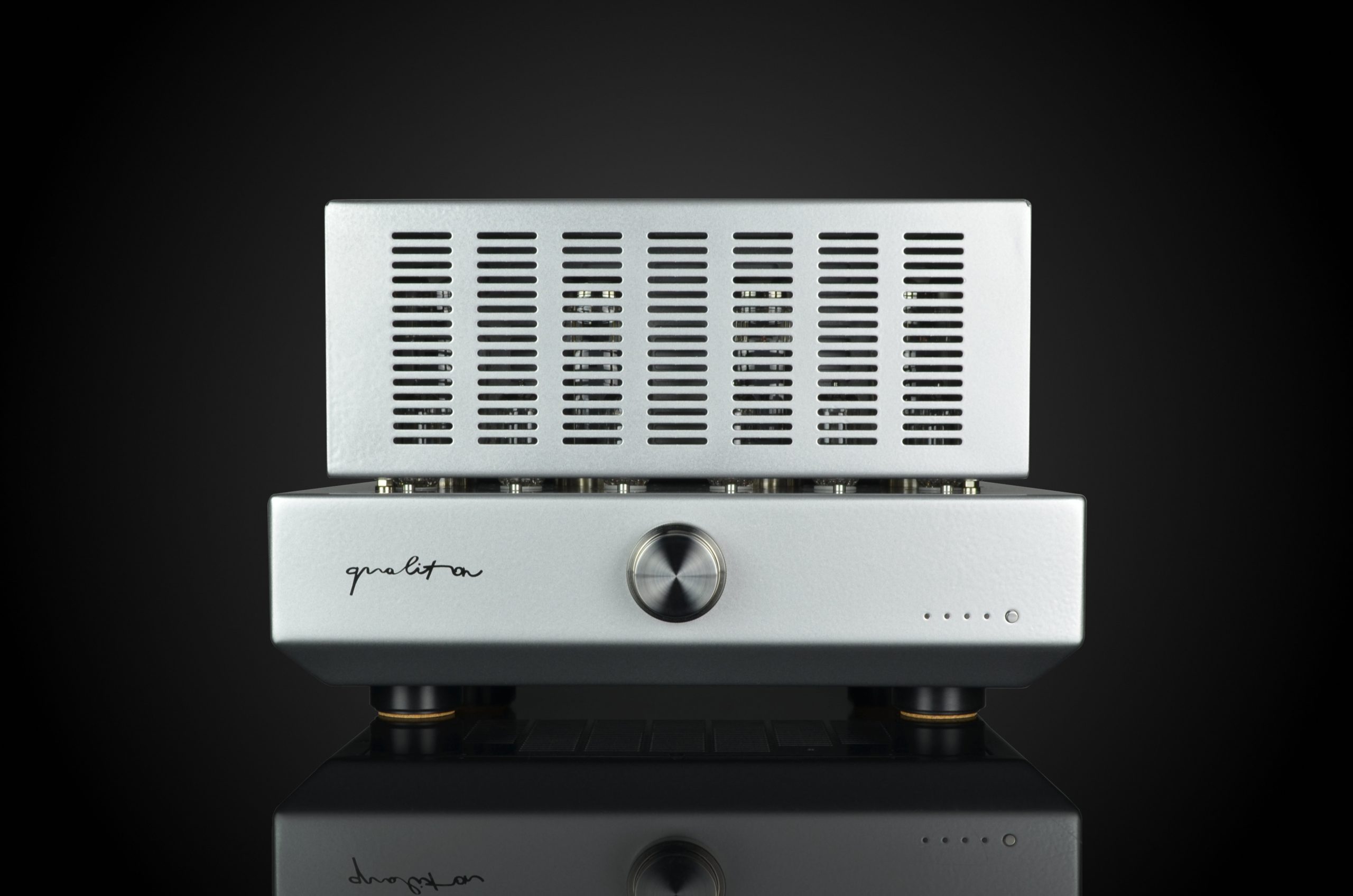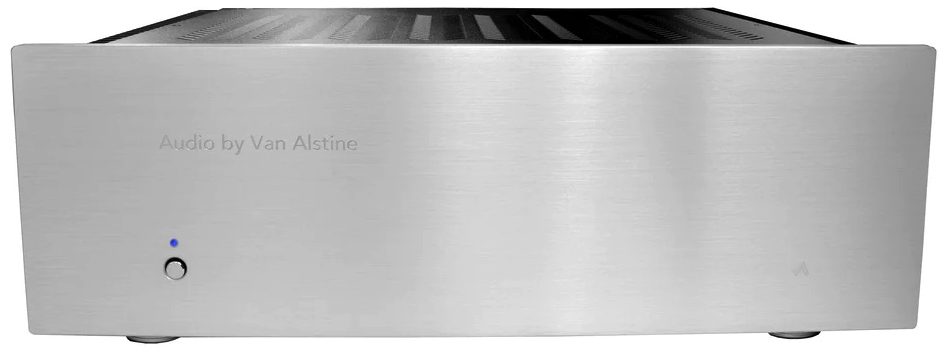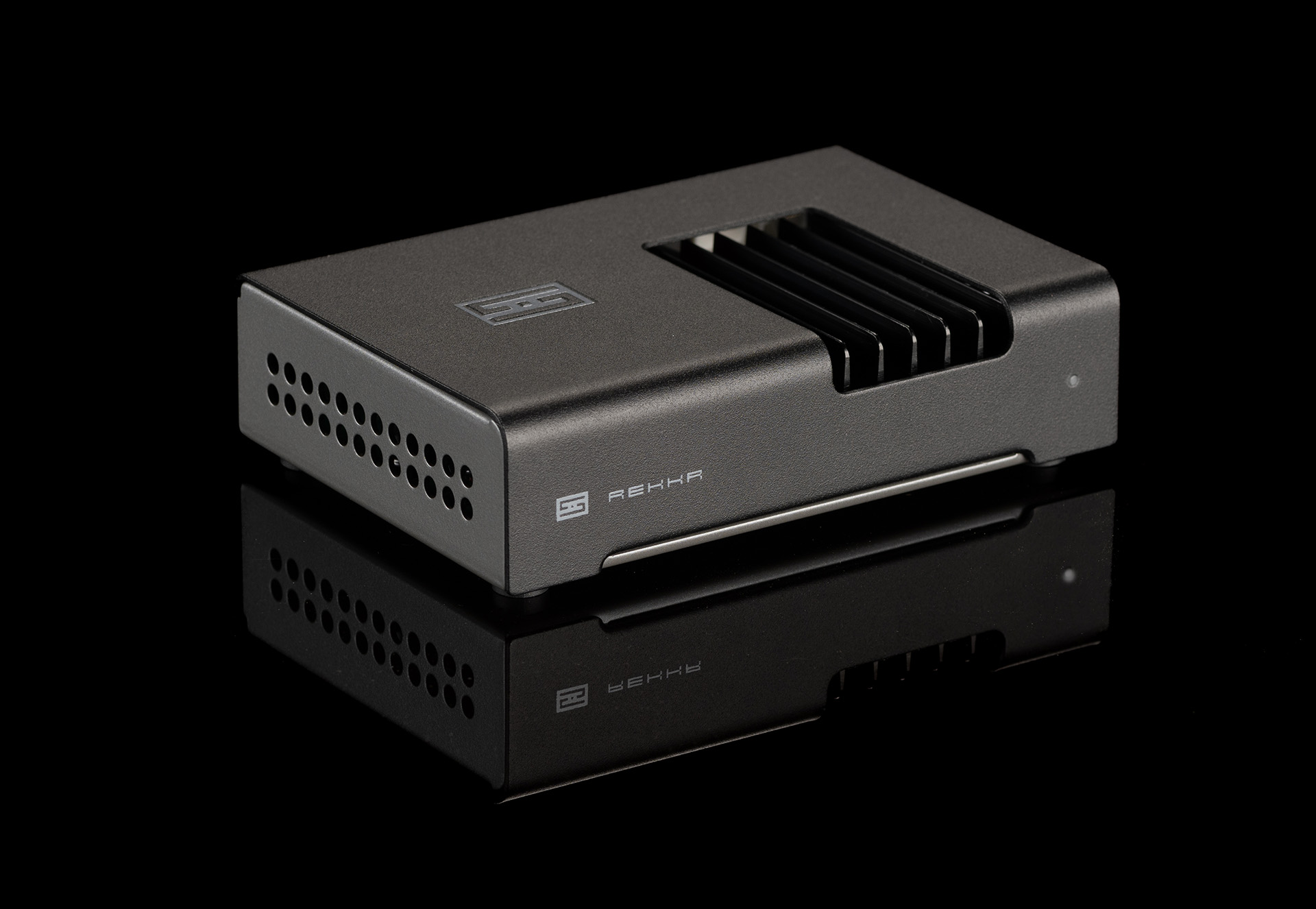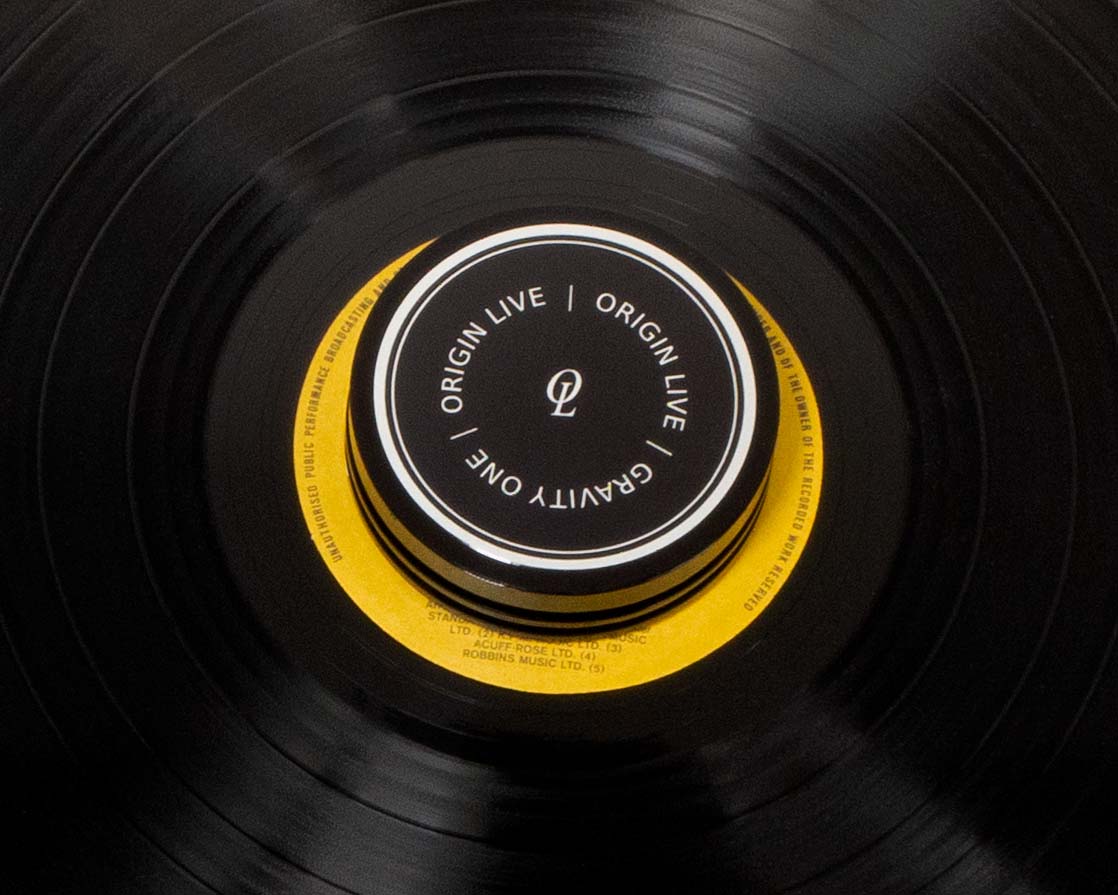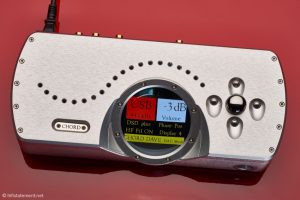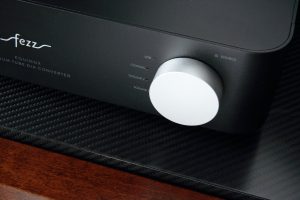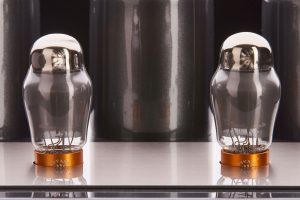This was not going to be my review piece. I'd heard Prism Sound's Callia at shows for several years. Each time I heard their demonstration, it was with ATC, a speaker I'm intimately familiar with. I've owned four pairs and reviewed three other models more over twenty years, consequently "show discoveries" about ATC speakers are in short supply for me.
So, when Prism Sound's Callia was brought into the Positive Feedback tent for review, I didn't raise my hand to listen. The eloquent and eager Dean Seislove indicated that he was surprised to like it—I imagine his reticence might arise from the idea he likes a sweeter than a "just the facts" presentation. I refer you to Dean's well-written review of the Callia to divine "what he really meant," as I'm merely speculating (You can Dean's review HERE).
Each time I've heard the pairing of ATC and Prism Sound, it was without a preamplifier, something I failed to note in reviews, though I did notice at the time. While I'm repeating some of Dean and others' comments, connecting the Prism directly to powered ATCs, or any other powered speaker for that matter, reduces your box count to two speakers, an amp and the Callia. The Callia can function as a preamplifier, with volume control available while allowing selection from multiple digital sources plugged into it. I did that, connecting an Oppo BD-105 via coaxial cable, a television via Toslink, and a USB computer to the Callia, and you can select from those sources—I usually ran only one digital source at a time, and the Callia automatically selected the source I was sending a signal to it. I'm not sure how the Callia would react with more than one source sending a signal at the same time. Though it lacks a remote control, it's nearly a complete preamplifier.
I started with the Callia straight into my powered speakers with the high capacitance Kubala-Sosna Experience interconnects. The sound was moderately crisp and clear, with tone and timbre well realized. For personal preference I would want a bit more richness and body, and a touch more tonal saturation would be nice, but the sound was a very good start. Image outlines of instruments were very well defined with good localization. Compared to the presentations at shows, my system was a bit leaner with the midrange a bit more forward—the 40A speakers are three-ways, and plumb bass depth more than my two-way speakers. This presentation was more forward than I'd prefer.
This presentation would not be courting listeners attracted to tubes and a holographic presentation. While there was quite exceptional image specificity, image locations were not palpable, merely easily located. Further, this is not the presentation for those in search of a sweet, always beautiful sound—you'll need the recording to provide the beauty. As a matter of taste, I'd prefer a bit more warmth and a bit more bass depth, but the sound was good enough that I did imagine living with a simpler system. My life is very complicated right now, and having the Callia and my powered speakers as a complete system did give me pause.
Compared to my LampizatOr Euforia (no volume pot) through Pass Labs' XP-12 linestage, the Prism's sound was less incisive. The presentation was more relaxed but the experience was also a bit less like a live experience. While somewhat bracing, the Euforia can be a very exciting experience in my system when the recordings are full bodied by themselves. But, joy and satisfaction with the Euforia through the Pass XP12 is even more reliant on the software than the Callia and my powered ATCs. My system usage these days, however, looks more like movie watching and game playing than "concerts" at home; much as I'd prefer the latter. So, what the LampizatOr adds to my current usage is more for the unfortunately sidelined music listening.
Connecting the Callia to Pass Labs XP-12 transformed the sound. The first thing that popped out at me was hearing cymbals from Frank Sinatra's "You Make Me Feel So Young" from Songs for Swingin' Lovers! as separated from the rest of the sound mix, without adding noticeable emphasis. While I marveled at the Euforia's presentation with the same track, individual instruments, including the cymbals, were more mixed together. The striking thing about this observation is that the Euforia always seemed like the component that lets the sound be more articulate. On this track and others it turned out the Callia did a nice job of layering the physical sound dimensions, as well as giving "air" or space to different instruments.
The Callia Pass Labs XP-12 combination added a measure of warmth with an increased humanity being presented. For those with a wish for "you are there" immediacy and clarity, there's no question that the LampizatOr Euforia, despite its three tubes, is going to be your choice. However, for me, the warmth brought forward by the Callia—I'd argue its not adding it but "realizing it"—is welcome. As with all components, you're listening to a system and here my merciless ATCs have the LampizatOr a bit leaner—however attractive at the start two years ago—as a bit too much.
Do not infer that the Callia, in my system, had fuzzy outlines, in fact the sound was simply more meaty with a lower midrange weight, and palpability that was simply what the doctor ordered—for my system.
When I bought the LampizatOr Euforia its sound was so good I never imagined selling it, figuring I'd upgrade to another LampizatOr, if I ever did upgrade, and the Euforia would end up in my headphone setup. Very much to my surprise, the Callia simply worked much better in my system for my current, if changed tastes and system. The sound was so much closer to what I want and need right now that, within two days of installing the Callia, I sold my Euforia. The new owner of that Euforia is happily listening in his headphone setup. For that owner, the Euforia sounded very much like his LampizatOr Atlantic, and better than his McIntosh DAC.
So, I did not buy the Callia for a variety of reasons, chief among them non-audio reasons. I have very little time for listening. I'm the meat in the sandwich generation and I want to try other DACs to hear what's available. If I had passive ATCs, which are warmer sounding and more forgiving than powered ATCs, I'd probably have kept and preferred the LampizatOr in that iteration for its incisiveness. I'm not sure if I'd have kept or bought the LampizatOr if I still had my Gamut L5 speakers, but surely both the Callia and Euforia would have been a good match with that, more forgiving, system.
I tried the headphone output of the Callia briefly. While it was pretty good overall, it was not to the same standard as the line out. The treble was a bit ragged with my AKG 701s. If I weren't listening carefully, I might not have noticed. Still having a headphone output along with the DAC was certainly attractive, again, reducing the number of chassis required to make music.
If you've heard the Prism Callia with ATC speakers at shows and thought them a little lean sounding, your experience matches mine. At home with a fuller bodied preamp, like Pass Labs' XP-12, the Callia transforms into a richer, fuller bodied DAC that is delightful. The price is right, too. Recommended.
Callia USB Digital to Analogue Converter (DAC) and Digital Audio Preamplifier
Retail: $2750
Prism Sound







